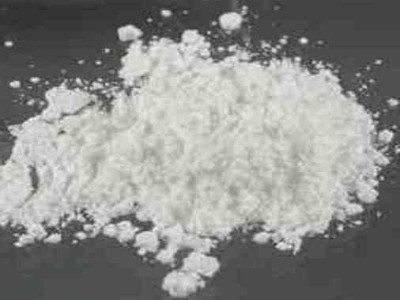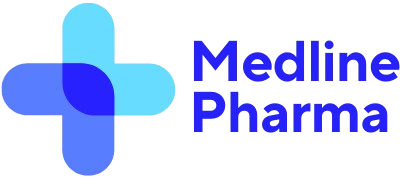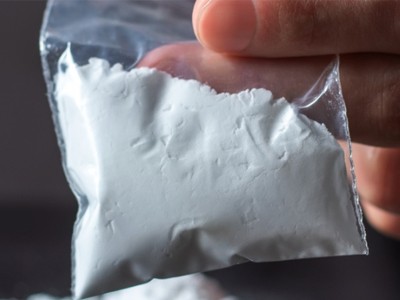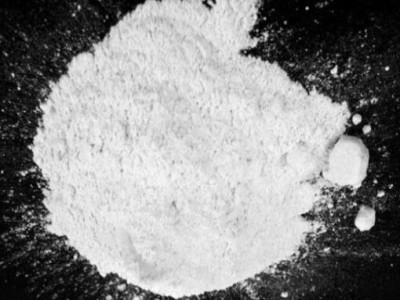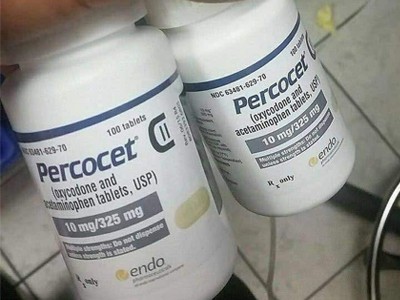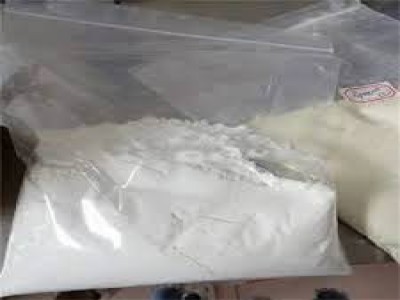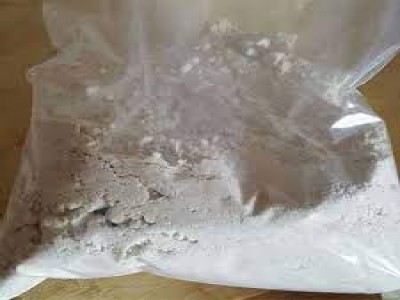MDPV Powder,
short for Methylenedioxypyrovalerone, is a powerful synthetic stimulant that gained widespread attention in the early 2010s due to its association with bizarre and sometimes dangerous behavior. Part of the substituted cathinone family, MDPV acts as a potent central nervous system stimulant and was often sold in head shops or online markets under the misleading label of “bath salts.” It has since been banned in many parts of the world due to its high abuse potential and alarming side effects.
Chemical Overview
,br>MDPV (chemical name: 3,4-methylenedioxypyrovalerone) is structurally related to cathinone and other synthetic stimulants like a-PVP and methylone. It typically appears as a fine white or off-white powder, and is usually taken via nasal insufflation, oral ingestion, or vaporization.MDPV gained popularity due to its extremely strong stimulant effects, which many compared to cocaine or methamphetamine but with a longer duration and a higher intensity.Br>
Mechanism of Action
,br>MDPV functions primarily as a norepinephrine-dopamine reuptake inhibitor (NDRI), meaning it blocks the reabsorption of these neurotransmitters in the brain. This leads to heightened alertness, energy, and euphoria. However, it does not significantly affect serotonin levels, which distinguishes it from other stimulants like MDMA.Because of its strong dopaminergic action, MDPV has a high potential for addiction, compulsive redosing, and dangerous behavioral changes.
Risks and Concerns
MDPV is notorious for its rapid onset of compulsive use. Some individuals report redosing every few minutes to maintain the high, which can quickly lead to overdose.
Medical complications associated with MDPV include hypertension, seizures, heart palpitations, and even death in extreme cases.Due to the way it amplifies fear, aggression, and delusion, MDPV has been linked to several high-profile emergency room cases and public incidents, especially in its early years of public availability.
Legal StatusMDPV is now banned in most parts of the world, including:Schedule I in the United States, indicating no accepted medical use and high abuse potentialClass B drug in the UK, under the Misuse of Drugs ActControlled in Canada, Australia, New Zealand, and across the European UnionOriginally sold as a “legal high,” it has now been placed under strict control due to the severity of its health effects and the risks it poses to public safety.
